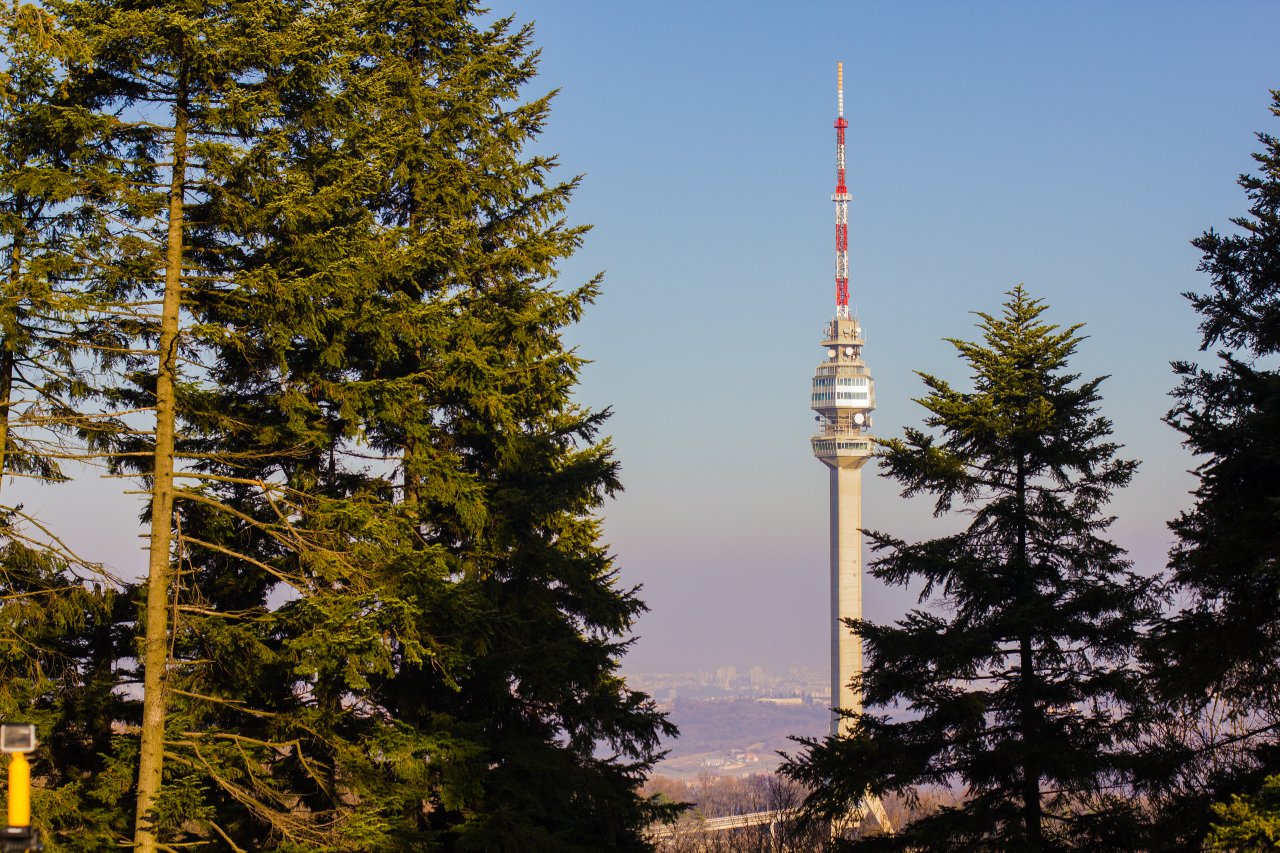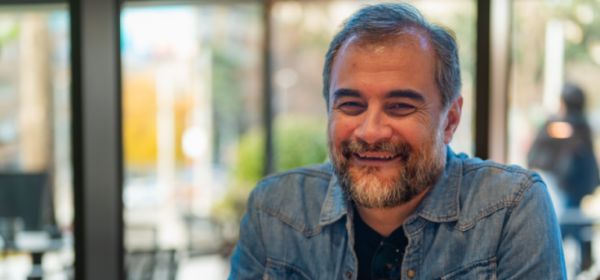Avala
Look at mapAvala is a low mountain south of Belgrade. Seeing how its only 511m tall, it is only those last 11m that separate it from being classified as a hill. This is where the Avalite mineral was discovered and named accordingly after the mountain itself. Since the end of 2007 Avala enjoys the status of a protected natural wealth, although the idea of preserving Belgrade’s small mountain had existed since the time of prince Milos who in 1859 decreed that it be fenced in and protected. In 1936 it was declared a national park and in 1946 an asset of great importance. In the territory of the mountain which amounts to around 489ha exist around 600 thousand plant species, including beneficial medicinal herbs as well as extremely rare species such as laburnum and holly. Densely forested with naturally grown trees as well as planted pine woods, this is today one of the most popular picnicking areas in Belgrade.
In addition to beautiful surrounding nature, several cultural and historical monuments are also located in Avala. The most famous of them is definitely the Unknown hero monument, a mausoleum at the very top of the mountain, designed and built by the sculptor Ivan Mestrovic.

The idea of building a monument for the fallen soldiers whose names haven’t been recorded originated from France, who was the first to build the “soldad inconnu” monument in Paris, right in front of the Arc de Triomphe. It was imagined as a symbolic gesture of gratitude towards the fallen fighters whose names wouldn’t be preserved in history for one reason or another. Soon afterwards other countries around the world implement similar ideas of honouring their unnamed war heroes. In USA the “Unknown soldier” monument was built in Arlington cemetary, the “Unknown warrior” in Westminster chapel in England and various other equivalents in other allied countries – Canada, Belgium, Italy, Portugal...
The first monument of this kind in our country was a modest construction, erected by some villagers from the area just beneath Avala who had found an unmarked grave of a fallen soldier. They gathered what resources they could and built him a humble cross with the words “Ein unbekannter serbicher soldat” (unknown Serbian soldier).
The construction of the today’s Unknown hero monument was instructed by king Alexander I, in order to serve as a reminder for the victims of the I World War. Today the monument honours the dates ranging from 1912-1918, which means that it also stands for those fallen during the Balkan wars. A small bit of trivia is that monuments of this type in all other countries are called something like “unknown soldier” or “unknown warrior” but only in Serbia it is “Unknown hero”.
The monument itself had been originally built under the name “Kir’s tomb”, out of black Jablanik marble, somewhere between 1934 and 1938. In the place it is located today once stood a medieval fortress called “Zrnov” which had been demolished with dynamite for the purpose of constructing the today’s monument, which remains harshly criticized to this day by historians and other experts. The construction was built in a neo-classic style and is reminiscent of a Greek temple. The author of the monument, Ivan Mestrovic, used the tomb of Kir the Great, a great Persian ruler, as inspiration. The sculptured eight women, dressed in various regional traditional outfits symbolize the mothers of the soldiers: the Croatioan, the Slovenian, the Bosnian, the Dalmatian, the Montenegrin, the Serbian, the Vojvodinan and the South-Serbian. In this location every year on the National day the president pays respect to the Serbian soldiers.
Located near the monument to the Unknown hero is also the monument to the Soviet war veterans who died here in an airplane crash on 19th October 1964.
The TV tower of Avala is another one of its landmarks, built in 1965, from the projects of architects Slobodan Janjic and Ugljesa Bogunovic. The original tower had been destroyed during the bombing in 1999, prior to which it had been the tallest construction in former Yugoslavia. The renewal ensued in 2010, restoring its original appearance in all respects except for the fact that it is one meter taller.




 10 ℃
10 ℃



